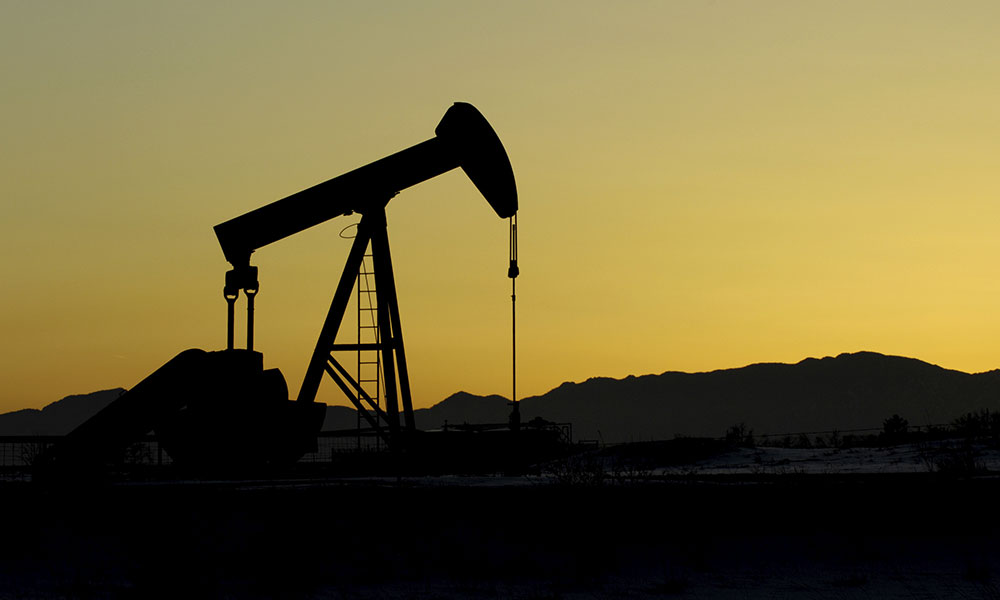
The Energy Industry’s New Approach to Fracking: Building a Dialogue
The energy industry sees hydraulic fracturing as the key to tapping vast natural gas reserves in the U.S., but the practice has faced resistance over safety and environmental risks. To help calm concerns, the American Petroleum Institute has released a set of guidelines to encourage companies to work on their relationships with the people in the communities where they're drilling.
In 2012, the Matt Damon film Promised Land painted an unflattering picture of hydraulic fracturing, or fracking, a method of natural gas drilling.
The film presented energy company employees attempting to deceptively acquire drilling rights to land while facing increasing resistance from a rural town’s residents.
In the end (spoiler alert), Damon’s character revealed the scheme to the town’s residents and lost his job—not a fun image to fight if you’re in the energy industry. At the time, trade groups objected to the movie’s negative portrayal and responded with a message of their own.
But a new set of guidelines released this week by the American Petroleum Institute raises a question the film poses for two hours: Could a better, more transparent approach to community outreach be the answer to fracking’s lingering image problem?
That’s what the industry is hoping.
Building a Rapport
In response to increasing public concerns about the safety and environmental impact of fracking, API has released a set of community engagement guidelines [PDF] intended to encourage best practices for oil and gas industry employees working with communities and the public on these issues.
The voluntary guidelines offer advice on how to hold community meetings, inform the public of job opportunities, and build a dialogue with concerned residents. Prior to release, the document received approval from the American National Standards Institute.
“These guidelines will provide a road map for oil and natural gas operators seeking to build lasting, successful relationships with local residents in areas of the country where energy development opportunities are open for the first time, thanks to advances in horizontal drilling and hydraulic fracturing,” API Director of Standards David Miller said in a conference call, according to U.S. News and World Report.
Tough Times for PR
The guidelines come as fracking proponents face a series of setbacks at the state level.
New York’s highest court recently ruled that towns in the state have the right to ban the practice. Meanwhile, the Colorado Supreme Court gave the go-ahead to a series of ballot measures that would allow local governments to limit or prohibit oil and gas drilling.
Despite the timing, industry officials say the community engagement guidelines have been in the works since 2011 and are not meant as a response to the court rulings.
“Is it a wake-up call? Not really,” New York Petroleum Council Executive Director Karen Moreau said of the ruling in her state. “We’re here to do our part to alleviate the uneasiness of the public.”
Environmentalist response
Although often at adds with the oil and gas industry, environmentalists offered some support for its effort to work with communities more transparently.
“It’s important that the industry is trying to build better relationships with communities,” Deborah Nardone, who manages fossil fuel campaigns for the Sierra Club, told Bloomberg. “The relationships that they have are not very good.”
<
p>But not everyone’s convinced. Frack Action, an activist group in New York, referred to the document as “a baseless PR stunt from a lying industry” on its Facebook page and criticized the tactics the industry has used to enter towns for the purpose of drilling.
(iStock/Thinkstock)






Comments